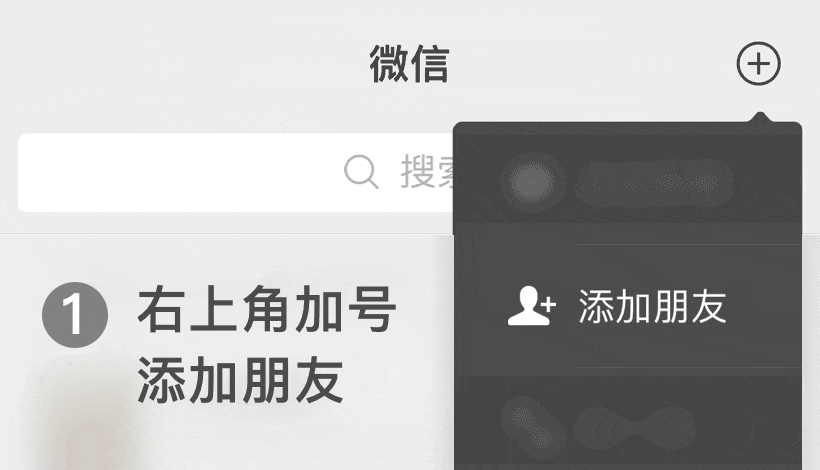What is the main function of an ion exchange column
Ion exchange column is a commonly used equipment in many fields such as chemical, pharmaceutical, environmental protection, food, etc. It mainly plays the following key roles:
1. Separation and purification
Ion separation: Utilizing the affinity differences of ion exchange resins for different ions to achieve the separation of ion species. For example, in rare earth element extraction, ion
Ion exchange column is a commonly used equipment in many fields such as chemical, pharmaceutical, environmental protection, food, etc. It mainly plays the following key roles:
1. Separation and purification
Ion separation: Utilizing the affinity differences of ion exchange resins for different ions to achieve the separation of ion species. For example, in rare earth element extraction, ion exchange columns can correctly separate lanthanide elements because different rare earth ions have different binding forces with resins. By adjusting the eluent conditions, each element can be washed out separately in sequence to obtain high-purity products.
Removing impurity ions: When preparing ultrapure water, trace metal ions such as calcium, magnesium, and iron in the water can interfere with the use of precision instruments or affect experimental results. The cation exchange resin in the ion exchange column can adsorb these impurity cations, while the anion exchange resin adsorbs impurity anions such as chloride ions and sulfate ions, greatly improving the purity of the water.
2. Concentration and enrichment
Ion enrichment: For low concentration and high-value ions in the solution, the ion exchange column can selectively adsorb them onto the resin, significantly increasing the ion concentration and achieving enrichment effect. For example, in the tailings liquid after gold mining, there are trace amounts of gold ions. After enrichment using ion exchange columns, appropriate methods are used to wash and recover the gold, thereby improving resource utilization efficiency.
Biomolecular enrichment: In the field of biopharmaceuticals, some proteins and peptides carry charges, and ion exchange columns can adsorb and enrich target biomolecules from complex fermentation broths and cell lysates based on their isoelectric points, assisting in subsequent purification processes.
3. Material transformation
PH regulation: Some ion exchange resins contain ionizable acidic or alkaline groups. When the solution flows through the ion exchange column, it can exchange with hydrogen ions or hydroxide ions, playing a role in regulating the pH of the solution. For example, anion exchange resin releases hydroxide ions to neutralize acidic solutions and achieve pH regulation.
Catalytic reaction: Specific ion exchange resins can be used as solid acid or solid base catalysts to catalyze chemical reactions within the column. Taking ester exchange reaction as an example, the acidic sites on the resin promote group exchange between reactant molecules, generating new ester products. At the same time, the ion exchange column also has the function of product separation.
4. Water softening: For the scenario of softening hard water, divalent cations such as calcium and magnesium in water can cause scale, reduce heat transfer efficiency, and damage equipment. The sodium ion cation exchange resin inside the ion exchange column can exchange with calcium and magnesium ions, transforming hard water into soft water containing sodium, reducing scale formation, and extending the service life of water equipment.

 WeChat number:WEIXINHAOMA
WeChat number:WEIXINHAOMA
